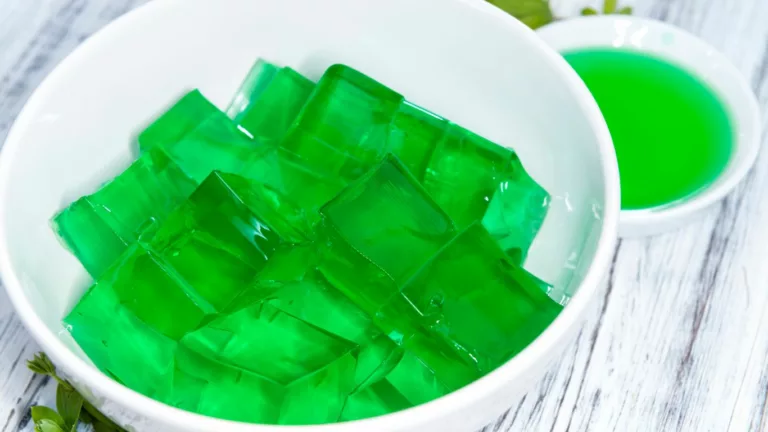Best Iron-Rich Foods to Support RA and Reduce Fatigue
Rheumatoid arthritis (RA) is a chronic condition that affects your joints, causing pain, swelling, and stiffness. But it can also lead to other health problems, including a type of anemia linked to low iron levels. If you have RA, paying attention to your iron intake might help you feel better and support your overall health.
Understanding RA and Iron
RA is an autoimmune disease. This means your immune system, which normally protects you from illness, mistakenly attacks healthy tissues—mainly your joints. This causes inflammation, which can damage your body over time.
Iron is a mineral your body needs to make hemoglobin, a part of red blood cells that carries oxygen to your tissues. Without enough iron, your body may not make enough healthy red blood cells, leading to a condition called iron-deficiency anemia.
People with RA are more likely to have this kind of anemia. That’s because long-term inflammation and some RA medications can affect how your body uses and stores iron.
How Iron Works in Your Body
Iron plays several important roles. Its main job is to help make red blood cells, which move oxygen from your lungs to the rest of your body. Iron also helps with energy, brain function, and keeping your immune system strong.
There are two main types of dietary iron:
- Heme iron – found in animal products like meat, poultry, and fish. Your body absorbs this type more easily.
- Non-heme iron – found in plant foods like beans, spinach, and fortified cereals. This type isn’t absorbed as well, but eating it with vitamin C can help.
For people with RA, getting enough iron is important because chronic inflammation can make it harder to absorb and use iron properly. Plus, RA may increase your body’s need for iron due to blood loss from certain medications or inflammation itself.
Common Causes of Low Iron in RA
Several factors can lead to low iron levels if you have rheumatoid arthritis:
- Chronic inflammation – ongoing joint and tissue inflammation can interfere with how your body uses and stores iron.
- Certain medications – drugs like NSAIDs (nonsteroidal anti-inflammatory drugs) can cause stomach irritation or internal bleeding, leading to iron loss.
- Poor appetite or diet – joint pain and fatigue may make it hard to shop, cook, or eat balanced meals regularly.
- Gastrointestinal issues – conditions like ulcers or intestinal inflammation may reduce iron absorption.
If you’re feeling more tired than usual or notice shortness of breath, it could be related to low iron levels. Talk to your healthcare provider if symptoms persist.
Symptoms of Iron Deficiency in RA
It’s not always easy to tell if your iron is low, especially since RA symptoms can overlap. But here are some signs to watch for:
- Unusual tiredness or fatigue
- Pale skin or gums
- Shortness of breath, especially with activity
- Dizziness or lightheadedness
- Cold hands and feet
- Headaches
- Fast or irregular heartbeat
If you notice these symptoms, it doesn’t always mean you’re low in iron—but it’s a good reason to check in with your doctor. A simple blood test can give you answers.
Iron-Rich Foods List for People with RA
Eating more iron-rich foods can help you manage your iron levels naturally. Here’s a list of both animal and plant-based options:
Animal Sources (Heme Iron)
- Beef (especially liver)
- Chicken and turkey
- Pork
- Tuna, salmon, and sardines
- Shellfish like clams, mussels, and oysters
Plant Sources (Non-Heme Iron)
- Spinach and kale
- Lentils, chickpeas, and beans
- Tofu and tempeh
- Fortified cereals and whole grains
- Pumpkin, sesame, and flax seeds
- Dark chocolate (70% cocoa or more)
Vitamin C-Rich Foods (Help Iron Absorption)
- Oranges and citrus fruits
- Bell peppers
- Tomatoes
- Broccoli
- Strawberries
Pairing plant-based iron sources with foods high in vitamin C helps your body absorb more iron. For example, try beans with salsa, or spinach salad with strawberries.
Other Tips for Managing Iron Levels
- Limit coffee and tea with meals—they can block iron absorption.
- Try cooking in a cast iron skillet. It can add small amounts of iron to your food.
- If your doctor recommends a supplement, take it as directed. Some may cause constipation or stomach upset, so speak up if it bothers you.
A balanced diet and routine blood tests can go a long way in managing your iron levels. Small steps can add up over time.
When to Talk to Your Doctor
If you have RA and feel unusually tired, weak, or short of breath, talk to your healthcare provider. These could be signs of iron-deficiency anemia. Your doctor can order tests to check your iron levels and help you decide whether food changes, supplements, or other treatments are needed.
Also, let your doctor know if you’re having trouble eating well due to pain, fatigue, or medication side effects. They may suggest a registered dietitian or other resources to help you stay on track.
RA and iron deficiency can be a tough combination—but the good news is, they’re both manageable. With the right support and some smart food choices, you can feel more energized and protect your health.

Tarra Nugroho is a dedicated Nurse Practitioner with a strong foundation in family and preventive care. She brings both compassion and clinical expertise to her practice, focusing on patient-centered care and health education. As a contributor to Healthusias.com, Tarra translates medical knowledge into clear, empowering articles on topics like women’s health, chronic disease management, and lifestyle medicine. Her mission is simple: help people feel seen, heard, and informed—both in the clinic and through the content she creates. When she’s not caring for patients, Tarra enjoys weekend hikes, plant-based cooking, and curling up with a good health podcast.






